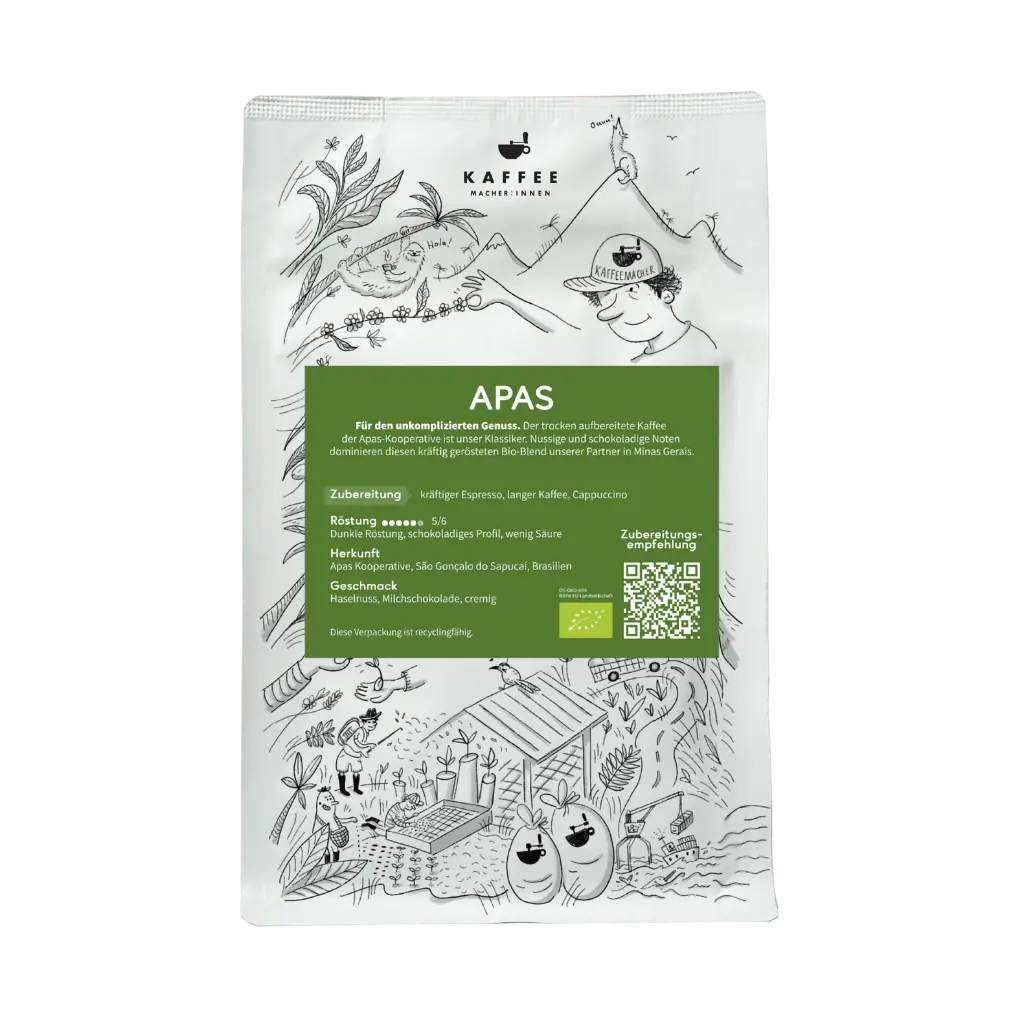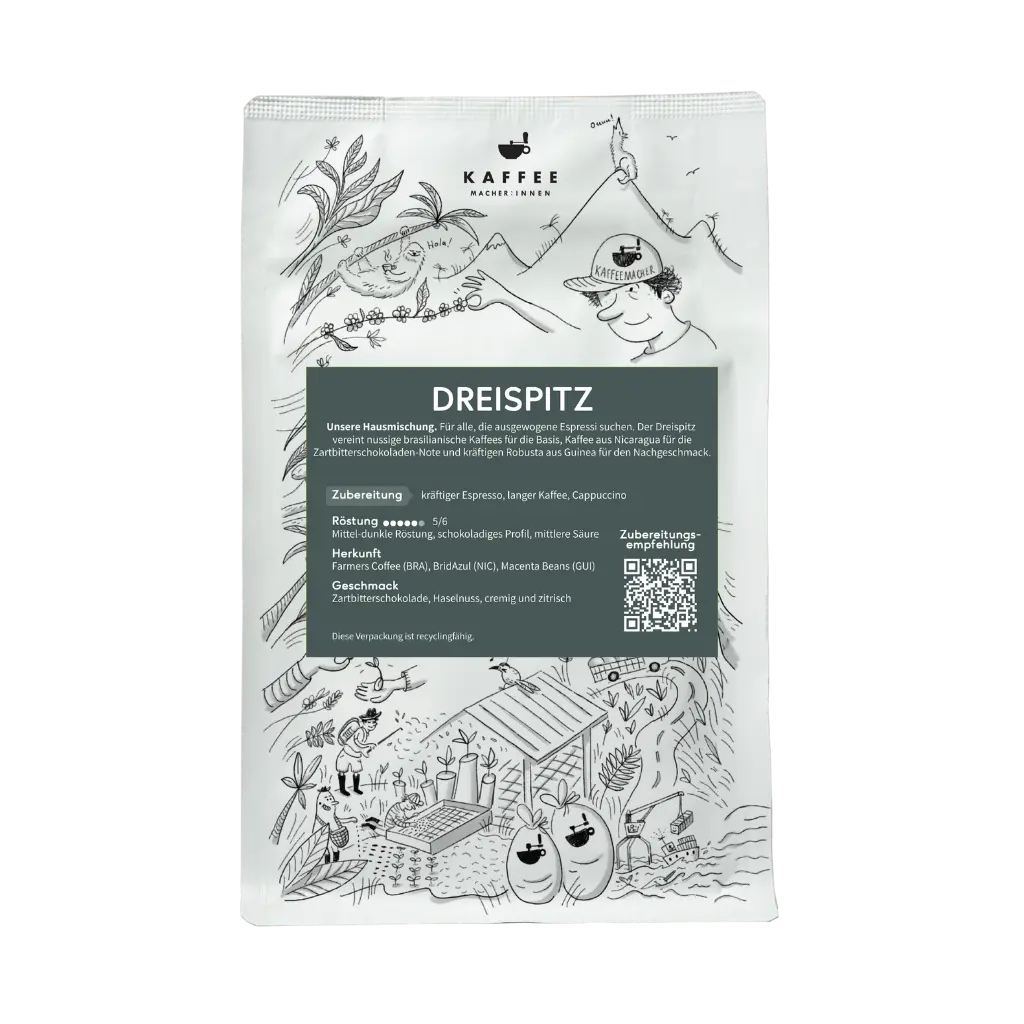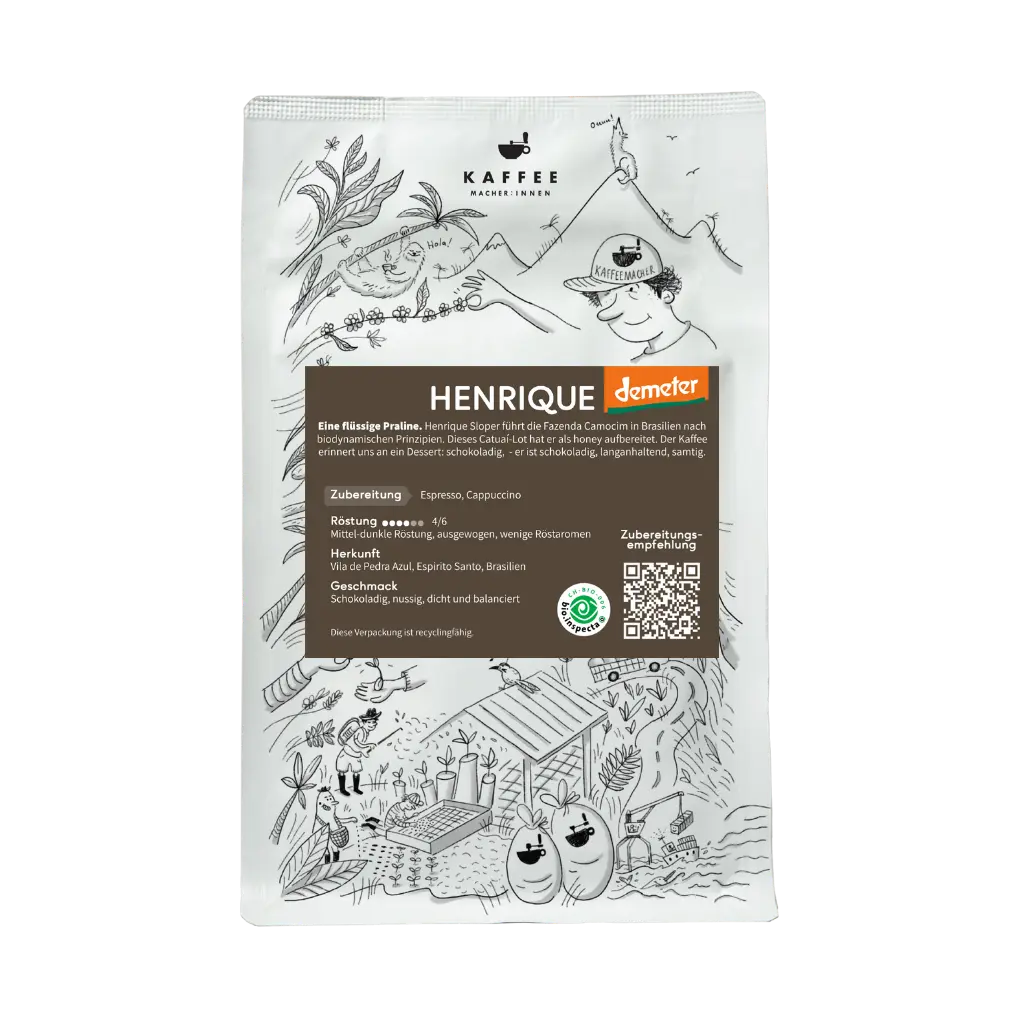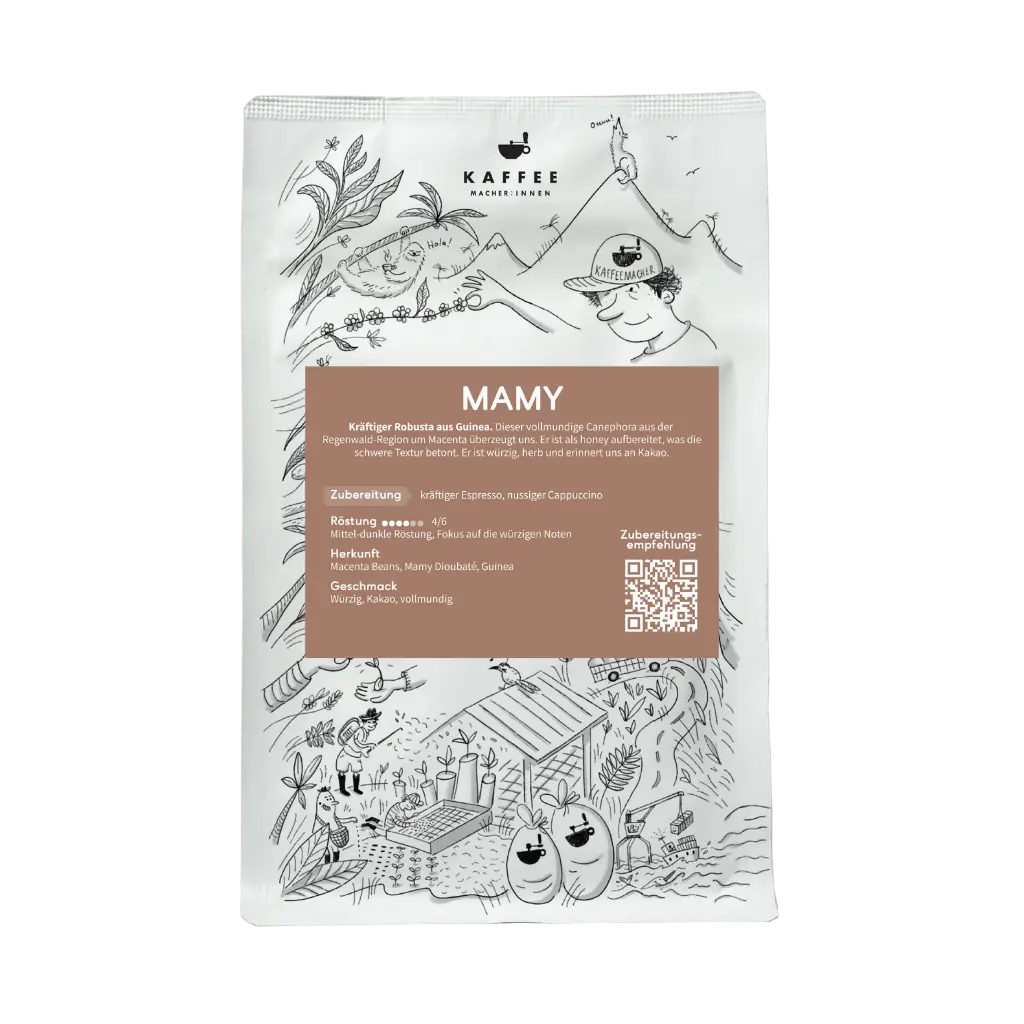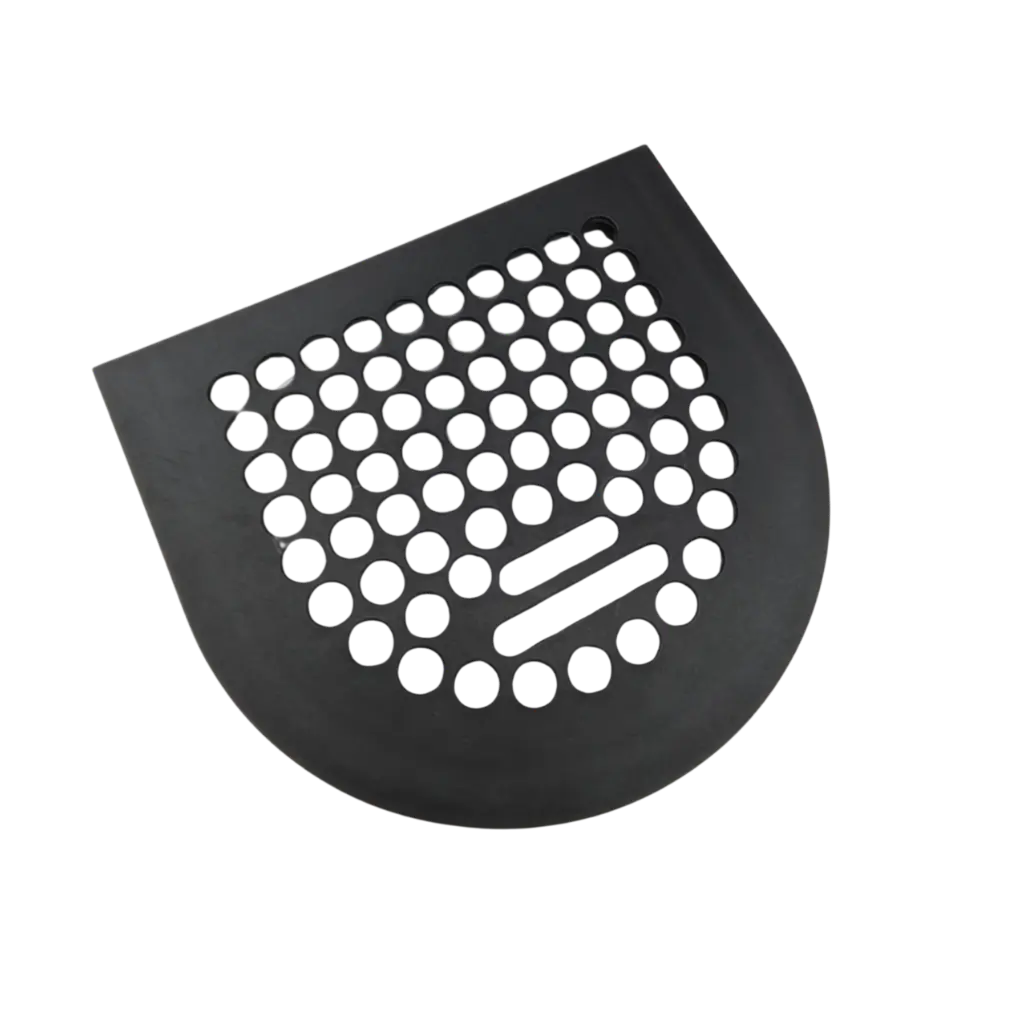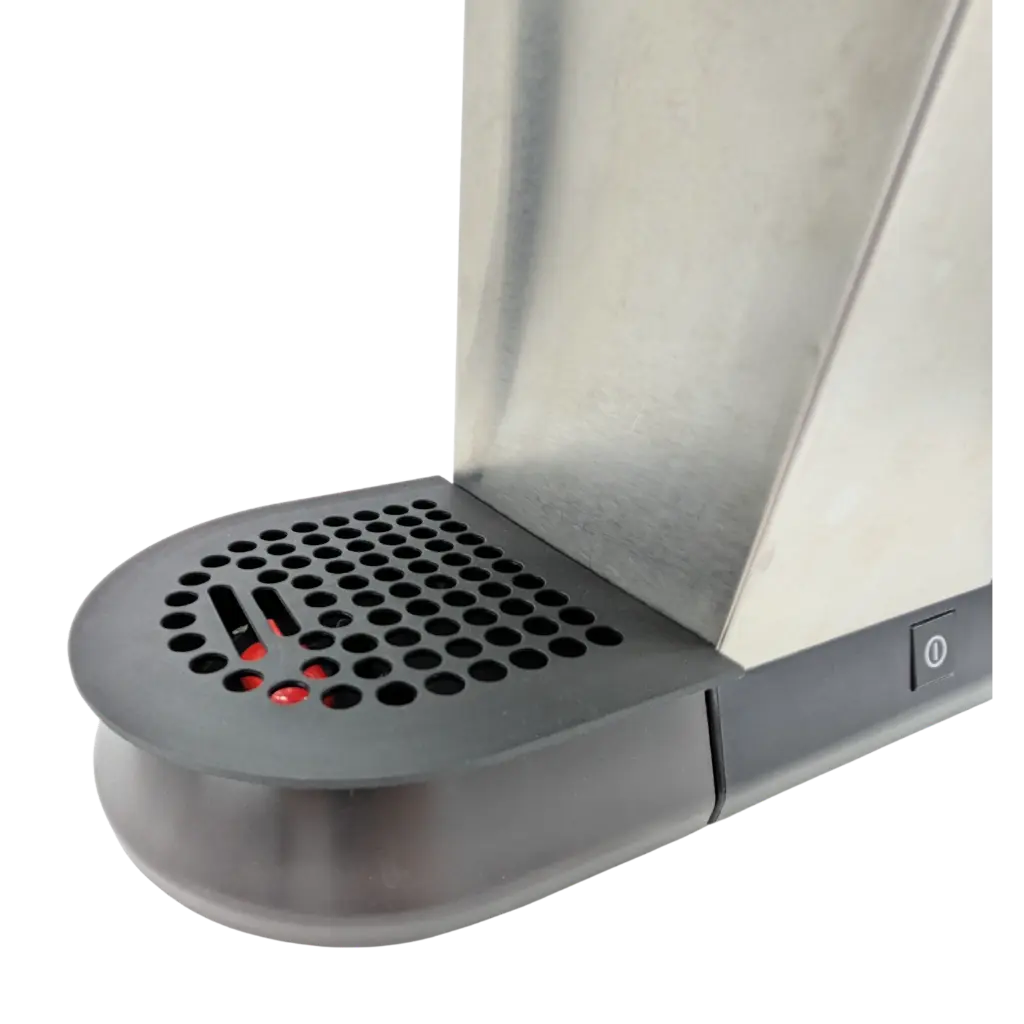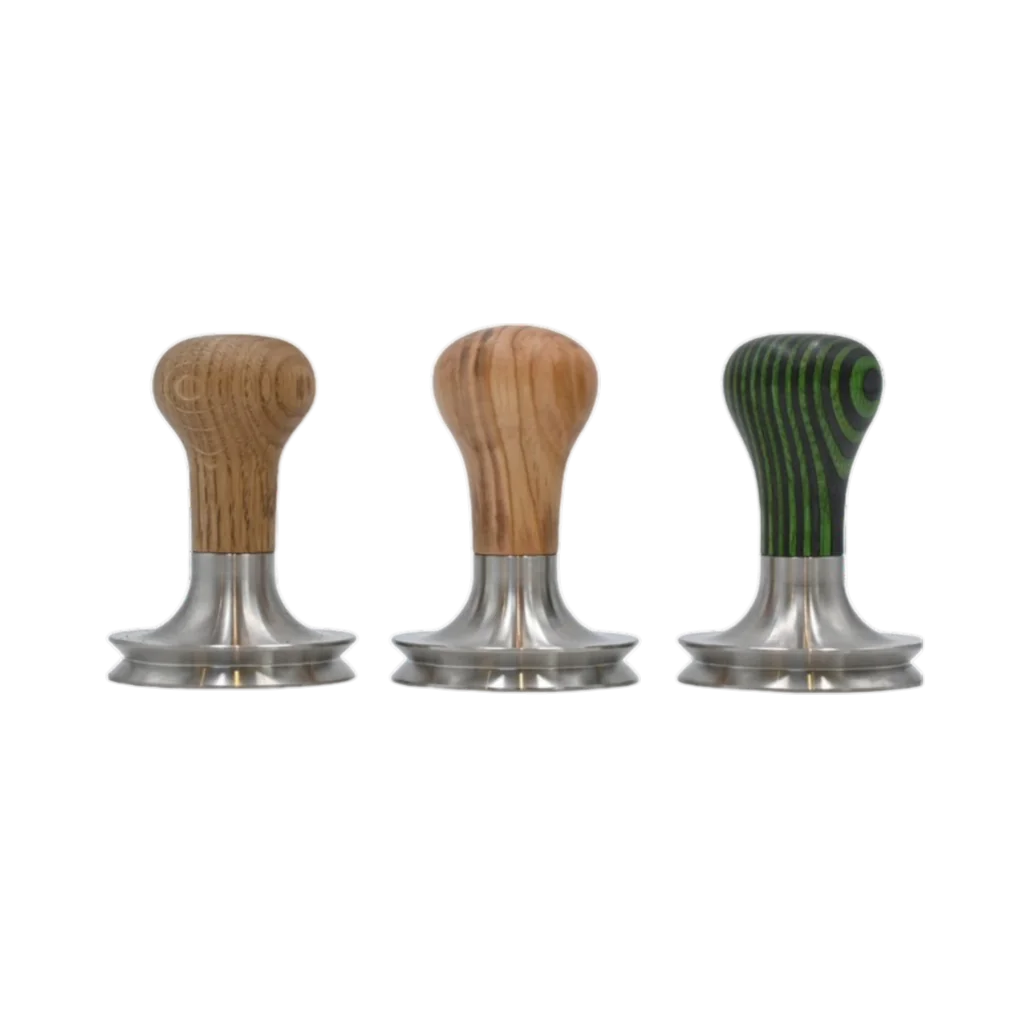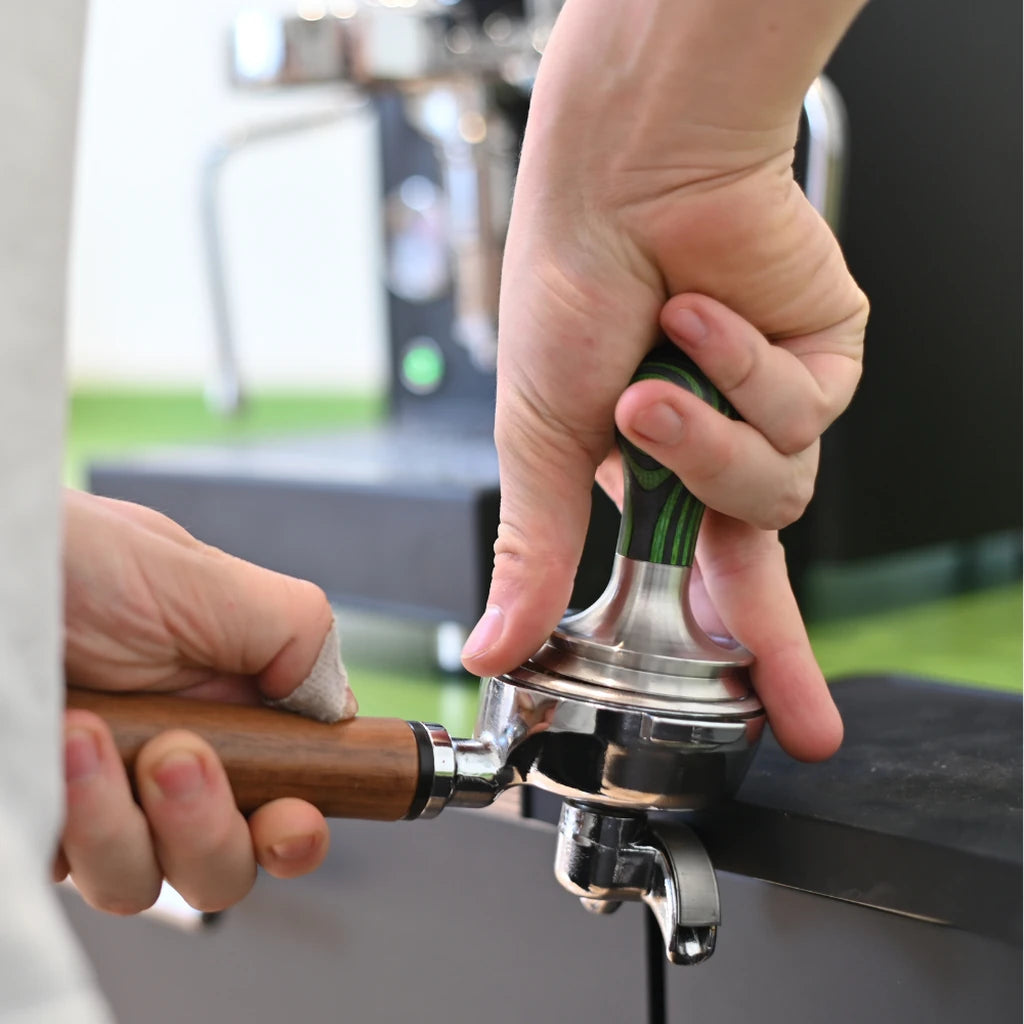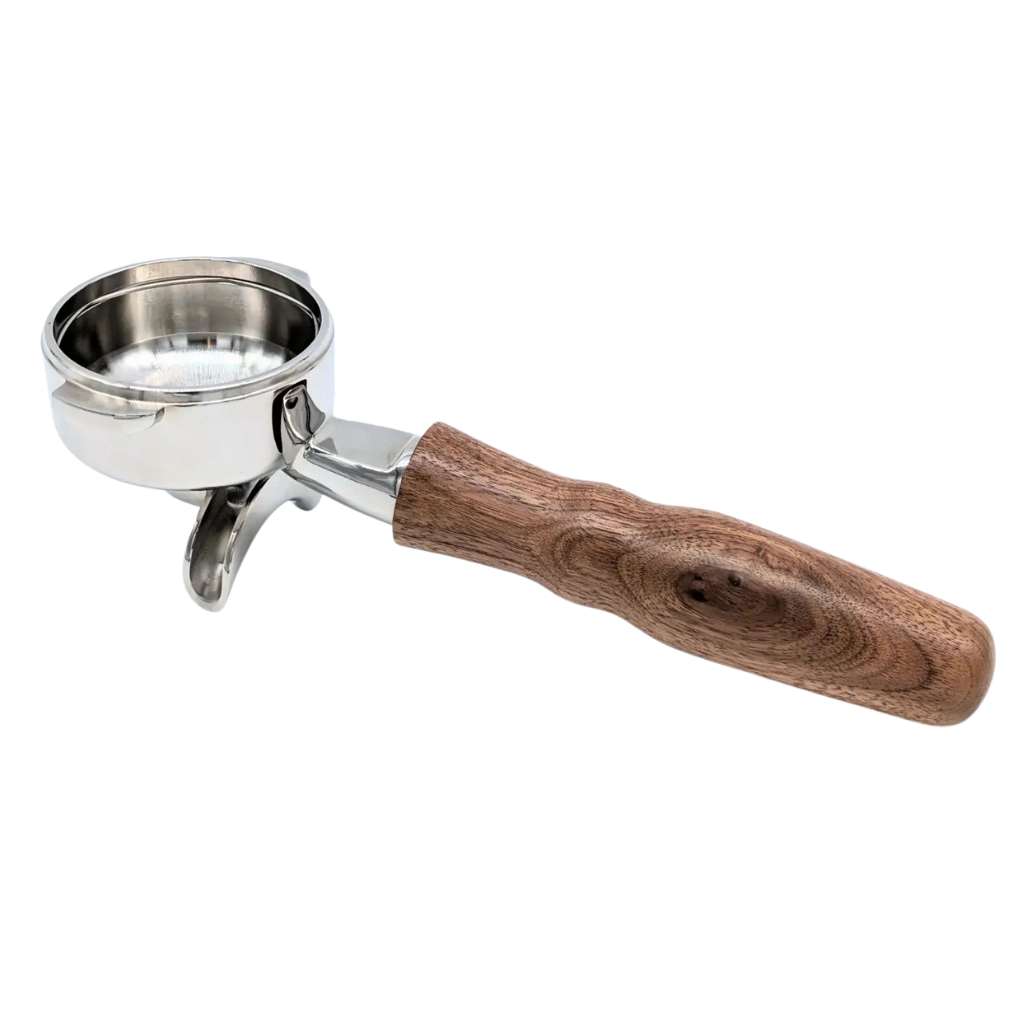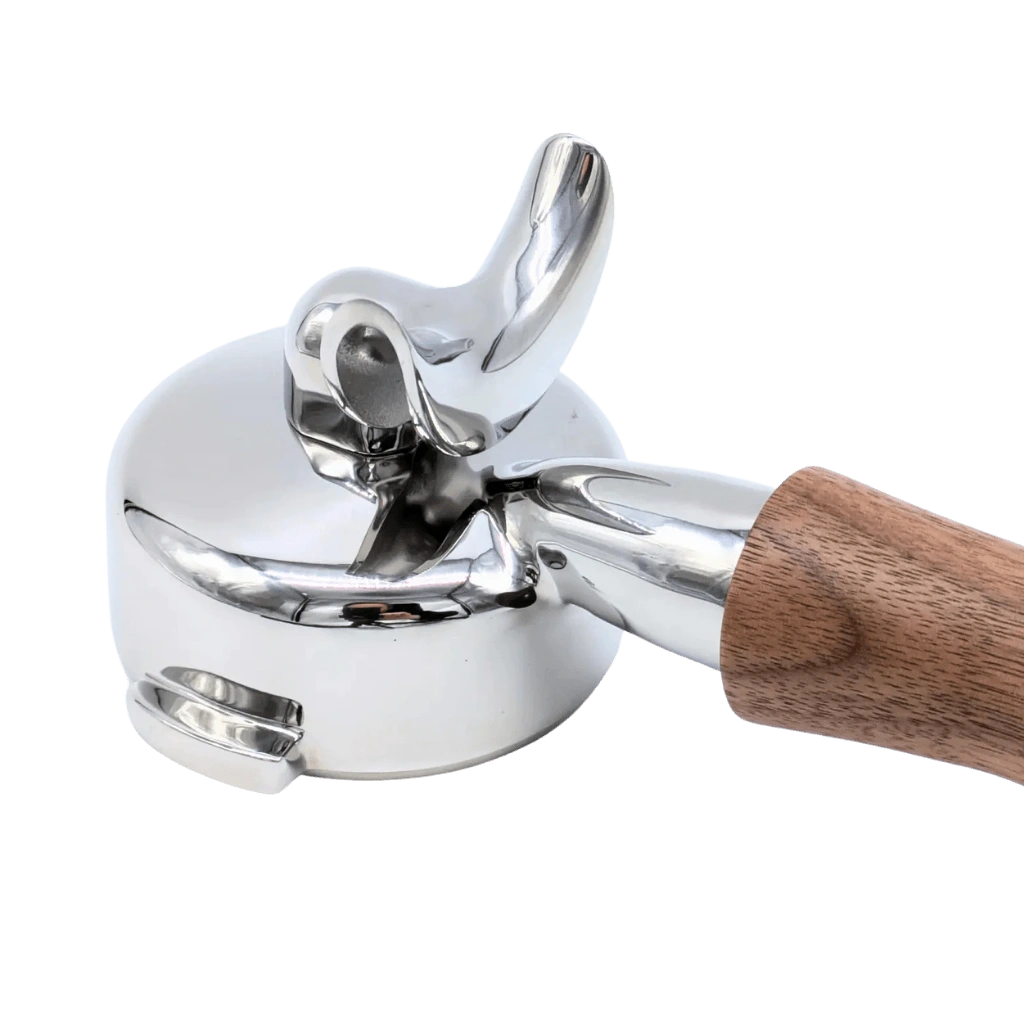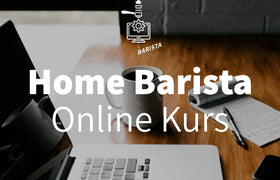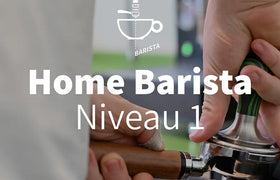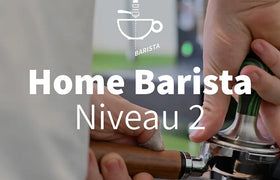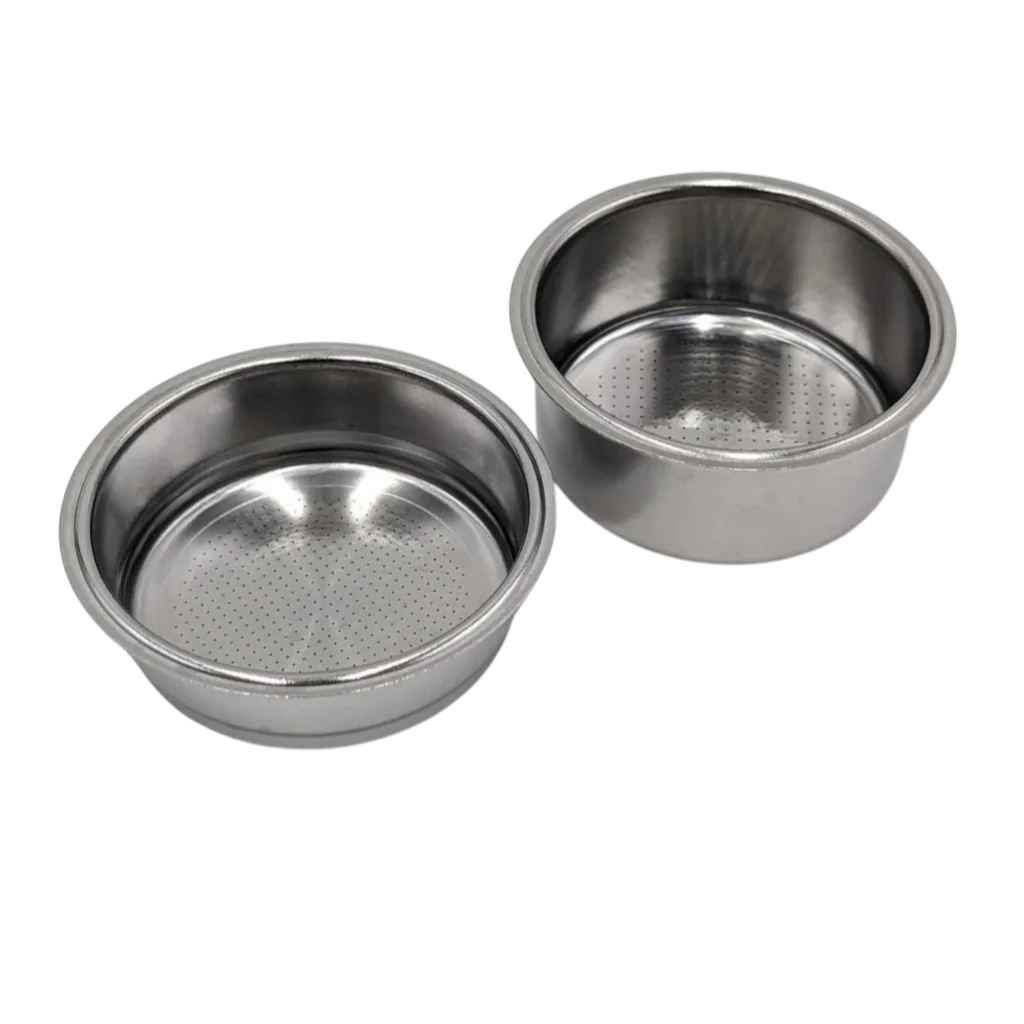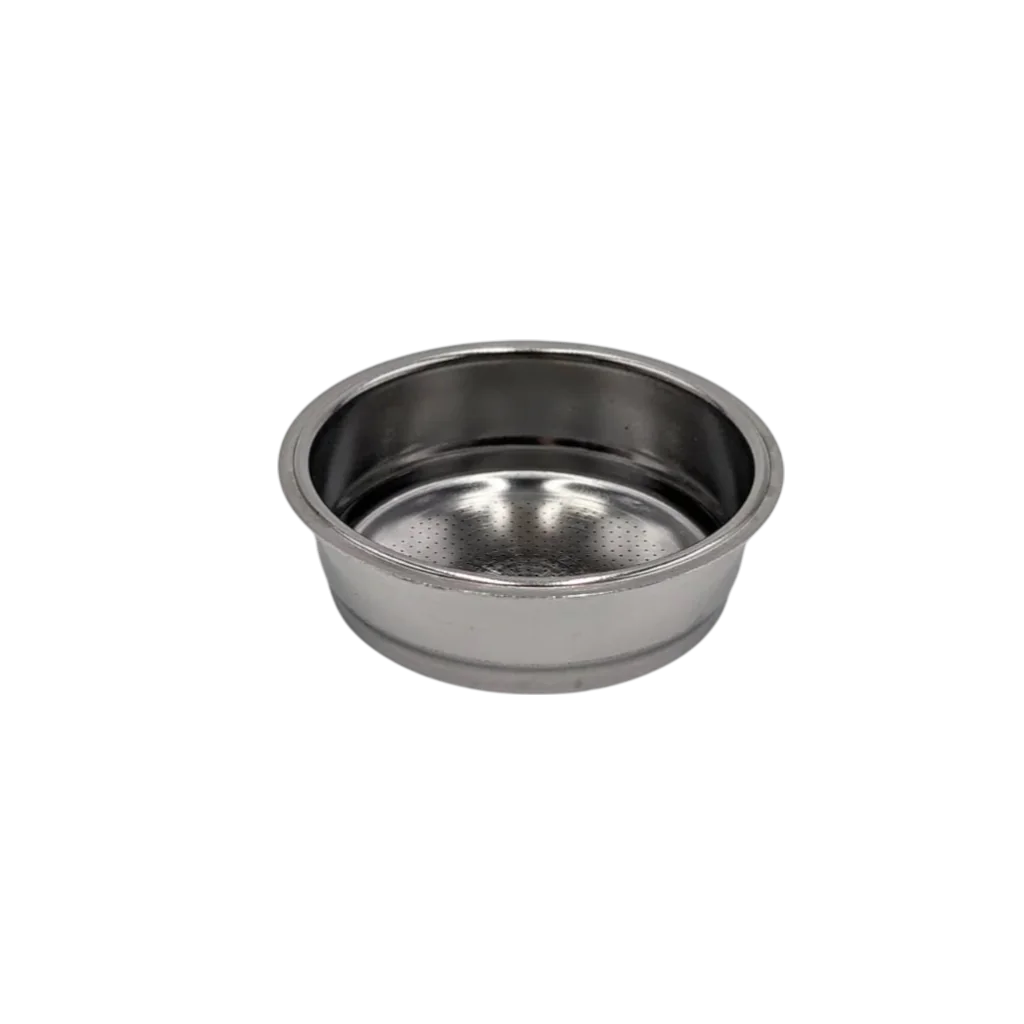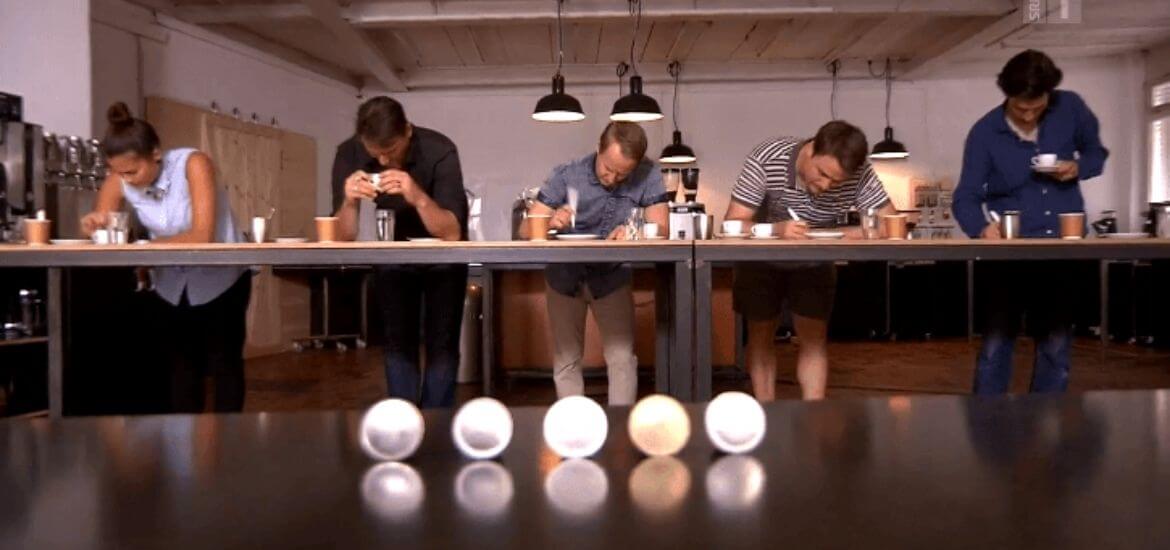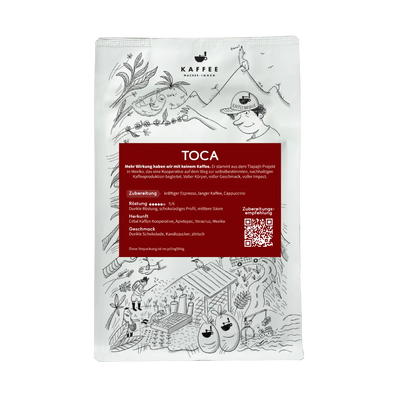We hosted the "Kassensturz" program on capsule coffee, which aired on August 21, 2018, on SRF . Together with Patrick Zbinden , we led the sensory panel and ensured the quality of the test. It's always exciting to see what emerges in a short report after a long day of filming. In my opinion, some key messages were conveyed well. The tasting was diverse ( see the test report as a PDF ).
Capsule in test
Coffee from a capsule can taste bad, good, or very good. We also tasted some good coffee drinks in our test. However, it's important to note: strictly speaking, coffee from a capsule is not an espresso. The concentration of dissolved coffee particles makes capsule coffee more similar to a café crème than an espresso.
In our test, we measured a TDS (Total Dissolved Solids) of 3.67% with the capsule coffee using a refractometer . This isn't surprising, considering we used "only" 5.5 grams of coffee. Of course, you can't extract as much from 5.5 grams as you can from 7-9 grams of espresso from a portafilter machine. If the coffee is then "long" drawn from the capsule, as recommended on many packages (40 ml), the concentration can hardly be strong.
For espresso, we regularly measure results between 7 and 9.5 TDS. This is naturally reflected in the texture of the drink and the intensity of the flavors .

Strength as a difference
In my opinion, the classification of coffee beverages should first be based on the concentration of dissolved particles in relation to water.
Secondarily, you can also consider the equipment used to brew the beverage. This makes sense because today, espresso-like beverages can be brewed just as easily with a portafilter machine as with a very good fully automatic piston machine.
In a filter coffee course , we brewed an espresso and then adjusted it to the strength of a filter coffee by adding water. After filtering out the solid particles that pass through the metal sieve in the portafilter, the drink was very similar to filter coffee brewed with a hand filter.

For the record
The tasting was conducted blindly. Participants were unaware of which capsules were available. I had no influence on the coffee selection.
I would have found it interesting to taste other coffees, also to compare the results with international specialty capsules or even Beluga from Café Royal.
Without the garbage issue
The environmental impact of capsules was not considered in this article. Of course, we are very critical of any waste associated with brewing coffee. After all, you can make great coffee pretty easily yourself, from filter coffee to espresso.



